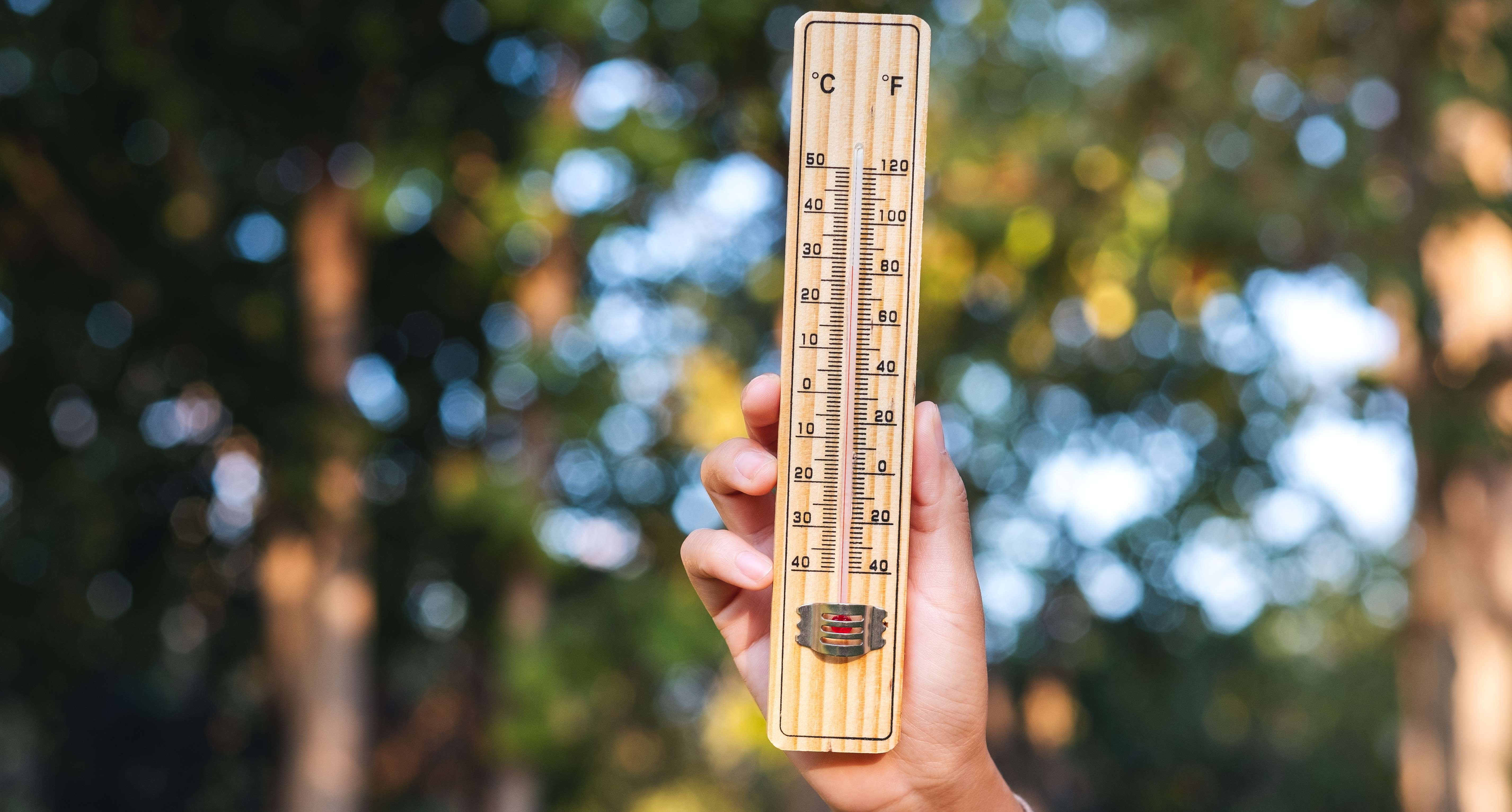Money Saving Challenges That Are Fun

Adapted from 1st Financial Bank USA's Blog
Taking on a “savings challenge” is one way to build your savings account, develop a regular habit of saving, and have some fun in the process. Here are 7 savings challenges to try.
While you may have set a number of savings goals for the future, such as creating an emergency fund, covering the cost of textbooks, or buying your first car, it can be hard to actually save the money you need to achieve those goals – especially if you are a college student with a limited or inconsistent income and student loans.
But it is possible to save money in college. You just need patience, time, and a savings plan that you can stick to. One way to start building a savings habit (which is an important adulting skill) is by taking on a “money-saving challenge.” These are fun ways to save small amounts of money on a regular basis. By the end of the challenge, you should hopefully have more money in your savings account – sometimes significantly more –than when you started. Here are 7 fun challenges that might help you save more money.
1. The Temperature Match Challenge

If you like to pay attention to the weather, this savings challenge is for you: You’ll commit to saving the same amount of money as the day’s highest temperature. For example, if it is 72 degrees outside one day, you will put 72 cents into a piggy bank or a money jar; if it is 88 degrees the next day, you’ll put in 88 cents.
To keep things interesting, you might consider requiring different (or additional) savings amounts for rainy days, snowy days, or days when the temperature dips below zero or goes over 100. The amount you save each day may seem small, but you might be surprised by how much money you’ve put away at the end of a month, season, or year.
2. The No-spend Challenge
Perhaps a 52-week savings challenge won’t benefit you because you’re spending too much money. If this is the case, consider doing a no-spend challenge for several months. During your no-spend period, you will still buy necessities like groceries and gas and pay your bills, but all other items during that period would be considered non-essential expenses.
You may consider just cutting out one or two non-essential expenses at first. For example, one month you might not eat out. The next month you might avoid purchasing mocha lattes at the café. The third month you might use all the food in your fridge and pantry before buying any new groceries. It’s important to track how much you save and transfer that money into your savings.
This challenge, in addition to increasing your savings, may also help you recognize how often you make impulse purchases and develop better spending habits in the future.
3. The Keep-the-Change Challenge

This challenge requires you to make purchases in cash. Although doing this is less convenient than swiping a credit, debit, or prepaid card, using cash may make you think about your impulse or non-essential purchases more.
In this challenge, you put the coins you receive back from a cash transaction into a money jar. For example, if your total purchase was $17.33 and you paid with a $20 bill, you would put the two $1 bills in your wallet and 67 cents in a money jar. Let the jar accumulate loose change until it’s full. Then, take those coins to the bank (you might have to roll and wrap the coins before your bank will accept them) or to a coin-counting machine and put the total into your savings account.
Alternatively, you can use a micro-saving app to save your spare change. These apps, provided by third parties and some banks, automatically put spare change from purchases into a savings account. Do your homework before selecting one of these apps, however, as some of them charge fees or have other requirements.
4. The 52-Week Money Challenge
For this challenge, you will need 52 envelopes, a box, and a pen. First, label the envelopes from 1 to 52 and put them all into the box in a random order. Every week for an entire year, select an envelope from the box. The number written on the envelope is the amount of money you’ll put into your savings account that week.
If you don’t like surprises, put your envelopes in numeric order. That way, you would save $1 the first week of the challenge and $52 on the last day. Either way, by the end of the 52-week money challenge, you will have saved $1,378.
5. The Fishbowl Challenge
This is a fun challenge to do with roommates or family members. On several scraps of paper, write dollar amounts ranging from $1 to $5 and put them into a large bowl. Add a few more paper scraps with $10, $15 and $20 amounts. Every day, you and your roommates select one paper scrap from the bowl and put the amount written on it into your savings account. You can adjust this challenge to run for any amount of time – a week, a month, or longer.
6.The Roll-the-Dice Challenge

Roll a die every day — whatever number you get is the amount you must put into your savings account. If you do this challenge for a year and roll a 6 every day, you’d save a total of $2,190. If you rolled a 1 every day, you’d save $365 — also not bad.
7. The Daily Nickel Challenge
This is another cash-based challenge that begins with saving small amounts of money but can result in a total savings of over $3,300 if you can keep it up for an entire year.
On the first day of the challenge, you put one nickel into a money jar. On day two, you put in two nickels, or 10 cents. On day three, you put in15 cents. Each day you will increase the amount you put into the jar by 5 cents for 12 months. The most you’ll need to put into the jar on a single day is $18.40. Although, if you keep this up for an entire year, there will be 162 days on which you will need to put $10 or more each day into the jar, which might be difficult depending on your income, cash flow, and expenses.
We hope you’ll give a few of these saving challenges a try to see if any of them work for you. No matter how much or little you save as a result, you’re on your way to developing good financial habits that will last a lifetime.



